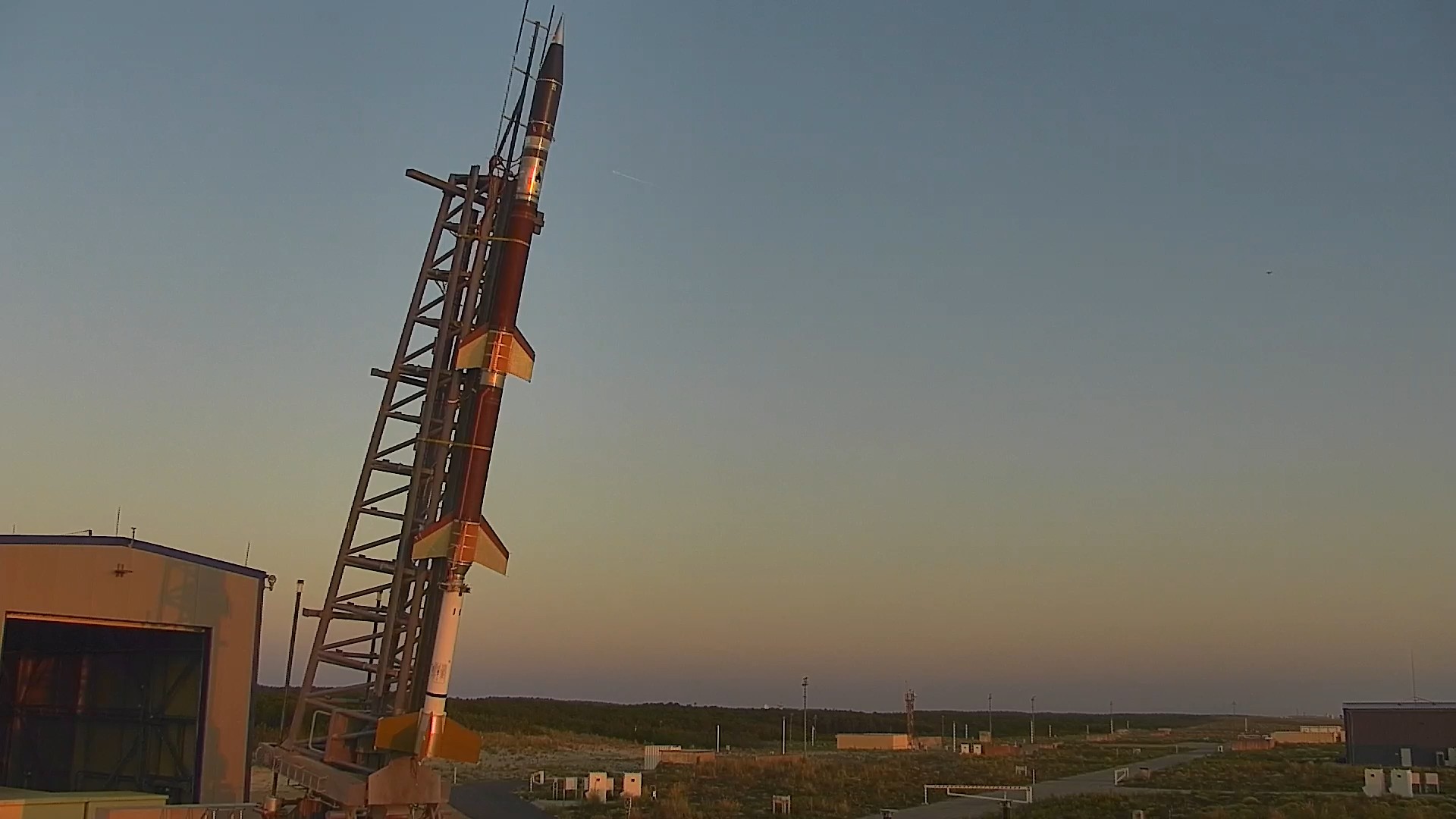Hypersonic systems
Hypersonic glider weapon systems are designed to reach their targets by penetrating enemy air and missile defence systems. Injected by carrier systems, these gliders are high-speed re-entry vehicles, travelling at speeds of over Mach 5 and up to Mach 20. They are very difficult to intercept because of their high manoeuvrability in the atmosphere, which makes their trajectories unpredictable. They therefore offer a rapid intervention capability at medium or long range.
Extreme speed and manoeuvrability
To penetrate air and missile defence systems, a hypersonic glider weapon system must be capable of flying over the defence systems at very high speeds throughout its trajectory, and then carrying out unpredictable, unstoppable manoeuvres in the terminal phase, when it is within firing range of interceptors. An operational glider, whatever its carrier system, must offer significant lift-to-drag ratio and a control system that enables it to perform the necessary manoeuvres.
Hypersonic technologies are being developed by major powers such as the United States, Russia and China. France has launched a demonstration programme called V-MAX (Véhicule MAnoeuvrant eXpérimental, experimental manoeuvring vehicle) with the aim of acquiring, implementing and validating the technologies and know-how needed to develop hypersonic gliders by 2025, via a series of flight demonstrations. ArianeGroup has been appointed prime contractor for this programme by the French defence procurement agency (DGA) on account of its unique expertise in Europe in ballistic launchers, space vehicles and the atmospheric re-entry of military re-entry vehicles.

V-MAX: tried-and-tested and innovative technologies
The French Ministry for the Armed Forces’ V-MAX project has made a first move, enabling France to complete an initial phase of hypersonic glider technological exploration and flight demonstration. With the objective of a first flight in less than three years, it has brought in innovations in the complex management of this demonstrator programme at the threshold of space, with the DGA and the Defence Innovation Agency (AID).
As industrial prime contractor, ArianeGroup has designed, built and is operating these French hypersonic demonstrators in close collaboration with DGA teams. To achieve this, the company has brought to bear a wide range of expertise, particularly in the fields of aerothermodynamic modelling of atmospheric re-entry phenomena, high-temperature materials and thermal protection, exo-atmospheric and endo-atmospheric guidance and control systems, inertial navigation, solid propulsion, sensors and antennas, and complex flight tests.
V-MAX: a French and European first
A first V-MAX hypersonic glider demonstrator was launched using a sounding rocket on 26 June 2023 from a dedicated launch pad built by ArianeGroup on behalf of the DGA at the DGA Essais de Missiles (DGA-EM) site in Biscarrosse, western France. This first flight of several hundred kilometres tested the vehicle and its manoeuvrability during atmospheric re-entry, followed by manoeuvres at hypersonic speeds.
Carried out in extreme mechanical and thermal environments, this flight was used to check structural integrity and the correct operation of on-board equipment and experiments. The demonstrator featured numerous technological innovations, particularly thermal protection and inertial sensors. This highly complex test over the Atlantic was carried out by DGA-EM, ArianeGroup and the French aerospace lab Onera, with assistance from the French Navy. It is a major scientific achievement, and a first for France and Europe.

V-MAX2: towards operational status
In line with the V-MAX incremental roadmap set out by the DGA, the V-MAX2 demonstration programme will prove ArianeGroup’s ability to design, build and control at hypersonic speeds a complex vehicle equipped with a new control system. ArianeGroup is designer and operator of the vehicle, whose innovative shape and thermomechanical strength have been made possible by a number of technological breakthroughs.
The V-MAX2 demonstrator is technologically very close to an operational glider. It carries ambitious experiments, essential for testing critical sub-systems under representative conditions. These experiments aim to extract maximum benefits from the flight test logic of the V-MAX project, while anticipating developments in enemy interception technologies.